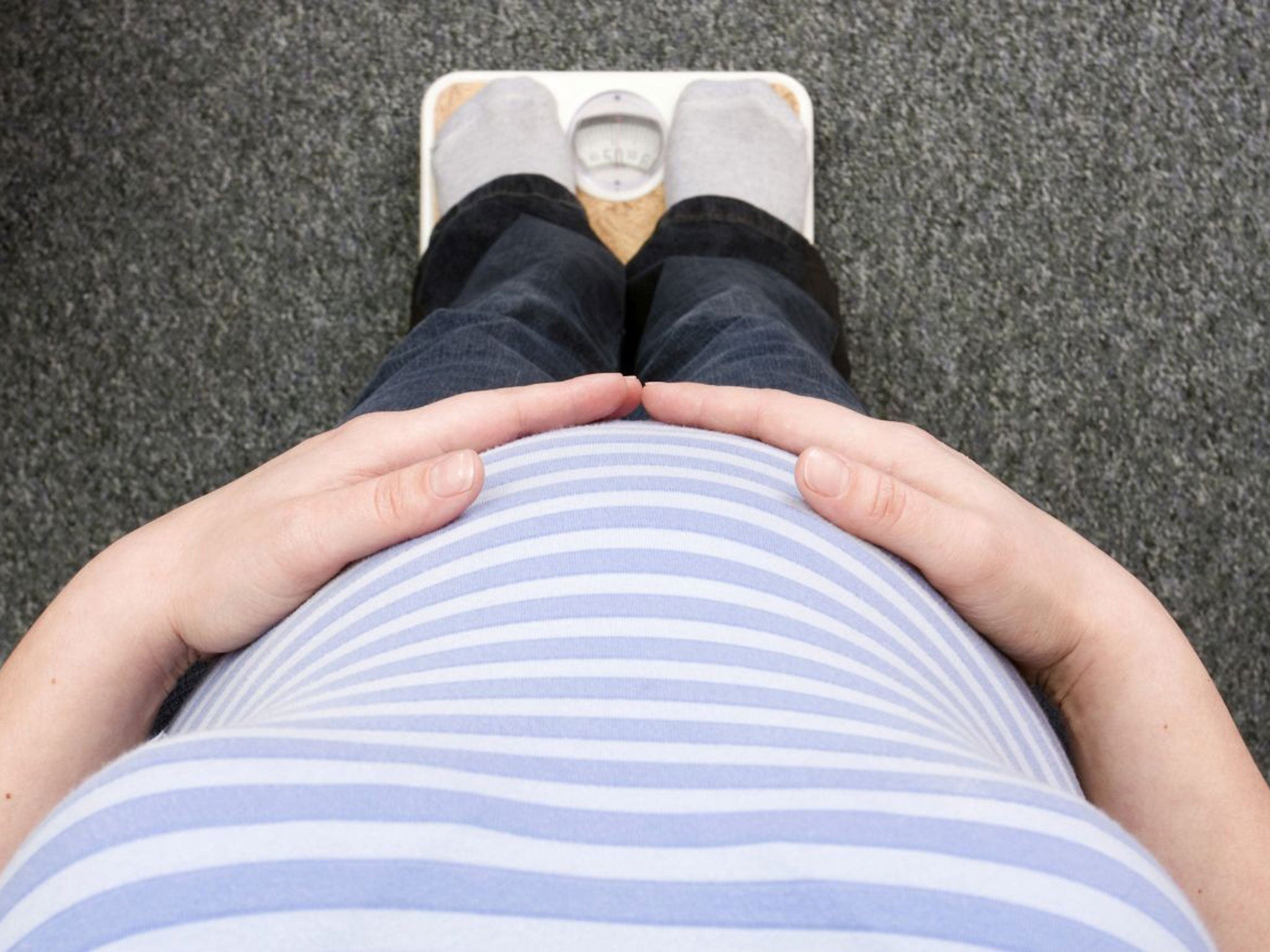Scientists find the origin of 'bad' fat linked to heart disease and cancer
People can still carry visceral fat around their organs without it showing in their weight

Your support helps us to tell the story
From reproductive rights to climate change to Big Tech, The Independent is on the ground when the story is developing. Whether it's investigating the financials of Elon Musk's pro-Trump PAC or producing our latest documentary, 'The A Word', which shines a light on the American women fighting for reproductive rights, we know how important it is to parse out the facts from the messaging.
At such a critical moment in US history, we need reporters on the ground. Your donation allows us to keep sending journalists to speak to both sides of the story.
The Independent is trusted by Americans across the entire political spectrum. And unlike many other quality news outlets, we choose not to lock Americans out of our reporting and analysis with paywalls. We believe quality journalism should be available to everyone, paid for by those who can afford it.
Your support makes all the difference.Scientists have discovered the origin of the “bad” kind of fat found in the body which is linked with heart disease, cancer and other serious obesity-related illnesses, even though people carrying it can look slim.
The fat that builds up around abdominal organs such as the heart, kidney and intestine – known as visceral fat – is considered a silent killer because it’s possible for people to have a lot of it without looking particularly overweight.
It is more dangerous than the subcutaneous fat layers stored beneath the skin, and now researchers have found that it stems from a different source because it derives from a specific type of cell found in the developing embryo when it is still in the womb.
The discovery could eventually lead to new ways of controlling how this kind of cell contributes to the bad fat surrounding the vital organs so that it becomes possible to lower the chances of developing the kind of obesity that raises the risk of serious disease, they said.
A study on genetically modified mice found that 80 per cent of the visceral fat of the abdomen comes from embryonic cells known from a gene that they express called Wt1, which is linked with kidney tumours. Subcutaneous fat has a different origin and does not express the Wt1 gene, the researchers found.
“Determining the origins of good and bad fat has been one of the big unanswered questions in obesity research. We’ve now shown that most bad fat comes from cells expressing the Wt1 gene in the later stages of pregnancy,” said You-Ying Chau of Edinburgh University.
“We also found that cells expressing Wt1 continue to act as a source of visceral fat into adulthood where they may be influenced by external factors such as diet. If we would find a way to control the regulation of these cells, we might be able to stop the body laying down any more bad fat around the organ,” said Dr Chau, the lead author of the study in Nature Cell Biology.
Professor Nick Hastie of the Medical Research Council’s Human Genetics Unit in Edinburgh said although the visceral fat of the abdomen is formed after birth, it originates from embryonic cells in the womb which are also involved with forming the protective mesothelium membrane around the six visceral fat depots of the abdomen.
“We found strong evidence for the existence of a mesothelium, which was a big surprise because nobody thought this membrane existed in fat. It seems that not only does the mesothelium help to produce the cells that make the fat, it also surrounds the fat, making it into a neat little organ,” Professor Hastie said.
Join our commenting forum
Join thought-provoking conversations, follow other Independent readers and see their replies
Comments